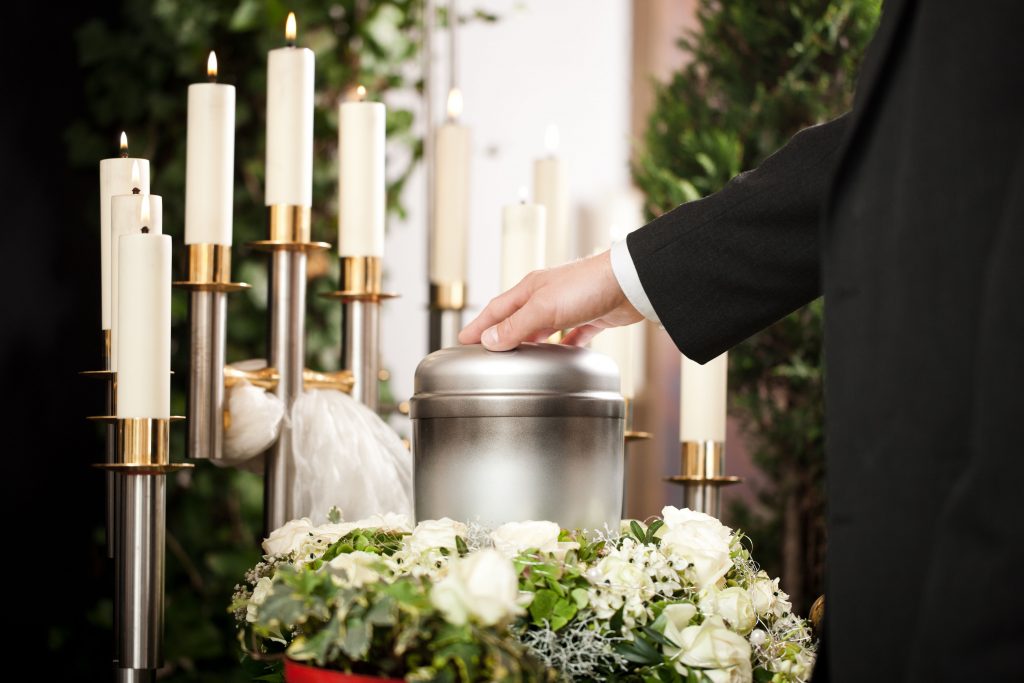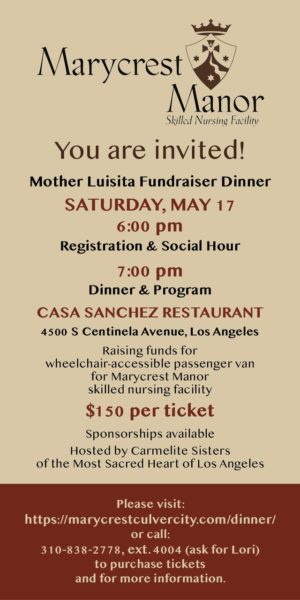If your parish has the 1989 edition of the ritual book of the Order of Christian Funerals, you likely do not have the 1997 Appendix for Cremation. If your parish does not have this appendix, it can be obtained from various publishers, including Liturgical Press, Collegeville, Minnesota. Your ritual book is incomplete without it. This appendix includes a 21-paragraph introduction explaining the theological principles allowing for cremation. The original 1989 ritual book contained only the following paragraph regarding cremation:
“For the final disposition of the body, it is the ancient Christian custom to bury or entomb the bodies of the dead; cremation is permitted, unless it is evident that cremation was chosen for anti-Christian motives.” (OCF, No. 19)
A more extensive understanding of cremation is offered in the 1997 Appendix:
“The Christian faithful are unequivocally confronted by the mystery of life and death when they are faced with the presence of the body of one who has died. Moreover, the body which lies in death naturally recalls the personal story of faith, the loving family bonds, the friendships and the words and acts of kindness of the deceased person. Indeed, the human body is inextricably associated with the human person, which acts and is experienced by others through that body.” (No. 411)
“The body of a deceased Catholic Christian is also the body once washed in baptism, anointed with the oil of salvation, and fed with the Bread of life. … The body of the deceased brings forcefully to mind the Church’s conviction that the human body is in Christ a temple of the Holy Spirit and is destined for future glory at the resurrection of the dead.” (No. 412)
Below you will find information from the United States Conference Catholic Bishops Committee on Divine Worship Newsletter from January 2012 which outlines some details that further clarify Cremation in the Funeral Liturgy.
“In April 1997, the Congregation for Divine Worship and the Discipline of the Sacraments granted an indult for the United States to allow the diocesan bishop to permit the presence of the cremated remains of a body at a Funeral Mass. Later that year, the Congregation confirmed the special texts and ritual directives which were then published as an appendix to the Order of Christian Funerals.
“The practice of cremation has grown and become more commonplace in the United States, and it is often presented as a more affordable alternative to traditional burial. What is often overlooked is the Church’s teaching regarding the respect and honor due to the human body. The Order of Christian Funerals’ Appendix on Cremation states: ‘Although cremation is now permitted by the Church, it does not enjoy the same value as burial of the body. The Church clearly prefers and urges that the body of the deceased be present for the funeral rites, since the presence of the human body better expresses the values which the Church affirms in those rites.” (No. 413)
“Ideally, if a family chooses cremation, the cremation would take place sometime after the Funeral Mass, so that there can be an opportunity for the Vigil for the Deceased in the presence of the body (during “visitation” or “viewing” at a church or funeral home). This allows for the appropriate reverence for the sacredness of the body at the Funeral Mass: sprinkling with holy water, the placing of the pall, and honoring it with incense. The Rite of Committal then takes place after cremation (see OCF Appendix, Nos. 418-421). … When cremation takes place before the Funeral Mass, and the diocesan bishop permits the presence of cremated remains at the Funeral Mass, the Appendix provides adapted texts for the Sprinkling with Holy Water, the Dismissal for use at the Funeral Mass (or the Funeral Liturgy outside Mass), and the Committal of Cremated Remains. The introduction provides further specific details about how the funeral rites are adapted. In all, the rite notes:
“The cremated remains of a body should be treated with the same respect given to the human body from which they come. This includes the use of a worthy vessel to contain the ashes, the manner in which they are carried, and the care and attention to appropriate placement and transport, and the final disposition. (No. 433 of the appendix states: ‘The covering of the cremated remains with a pall is omitted.’) The cremated remains should be buried in a grave or entombed in a mausoleum or columbarium. The practice of scattering cremated remains on the sea, from the air, or on the ground, or keeping cremated remains in the home of a relative or friend of the deceased are not the reverent disposition that the Church requires.” (No. 417)

